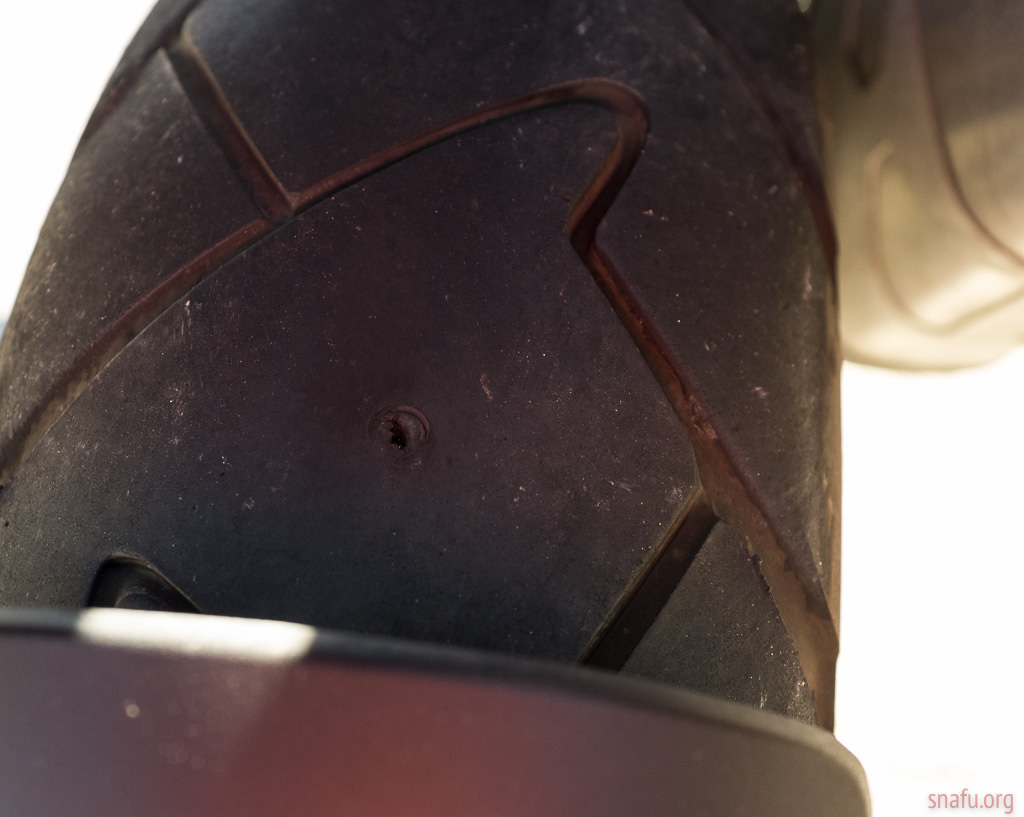1. Introduction
Tire pressure is an important part of maintaining your car’s performance, safety, and fuel economy. Properly inflated tires can improve your car’s handling, braking, and acceleration. They can also help to reduce the risk of a tire blowout or other accidents caused by underinflated tires. In this article, we will look at what tire pressure means, why it is important, and how to measure and adjust it.
2. What is Tire Pressure?
Tire pressure is the amount of air pressure inside a tire. It is measured in pounds per square inch (PSI). The correct amount of tire pressure for your car will depend on the type of vehicle you have and the size of your tires. Most cars have a recommended PSI listed in the owner’s manual or on the driver’s side door jamb sticker.
3. Why is Tire Pressure Important?
The correct tire pressure helps to ensure that your car’s tires remain in contact with the road surface at all times. This helps to improve traction when cornering or braking suddenly, as well as providing better fuel economy due to less friction between the tires and road surface.
4. Factors That Affect Tire Pressure
There are several factors that can affect tire pressure including temperature changes, driving habits, and road conditions. As temperatures rise or fall outside, so does the air pressure inside your tires – causing them to expand or contract accordingly. Additionally, aggressive driving habits such as speeding up quickly or braking hard can cause your tires to lose air more quickly than normal over time due to increased friction between them and the road surface. Finally, rough roads with potholes or other imperfections can cause air leaks in your tires which may require frequent refilling with an air pump or compressor
5. How to Measure Tire Pressure?
To measure tire pressure accurately you need a digital tire gauge that reads PSI (pounds per square inch). You should check each of your vehicle’s tires individually when they are cold – meaning they haven’t been driven for at least three hours – for an accurate reading since driving causes them to heat up which affects their internal air pressure levels
6. How to Adjust Tire Pressure?
Once you have taken an accurate reading from each tire you should adjust their PSI levels accordingly using an air pump or compressor if necessary (most gas stations offer these services for free). The recommended PSI level for each tire should be listed in your owner’s manual or on the driver’s side door jamb sticker
7. Benefits of Correctly Inflated Tires
The benefits of correctly inflated tires include improved handling and braking performance; better fuel economy; reduced wear-and-tear on suspension components; increased safety; longer lasting tread life; and reduced risk of blowouts due to excessive heat buildup caused by underinflation
8. The Dangers of Overinflated or Underinflated Tires
It is important not to overinflate or underinflate your tires as this can lead to dangerous situations while driving such as loss of control due to poor handling from overinflation; increased stopping distances from underinflation; decreased traction from both over-and-under inflation; increased risk of punctures from overinflation; increased wear-and-tear on suspension components from both over-and-under inflation; and decreased fuel economy from both over-and-under inflation
9 Conclusion
>In conclusion, understanding what does tire pressure mean is essential when it comes to maintaining safe driving conditions as well as optimal performance levels for your vehicle’s engine and suspension components.By regularly checking each individual tire’s PSI level using a digital gauge you can ensure that they are correctly inflated which will help keep you safe while also providing improved handling,braking,acceleration,fuel economy,tread life,and overall performance.
Unlock the Mystery of Tire Pressure – Learn What It Means for Your Vehicle!
What is tire pressure mean?
Meaning of tire pressure in English. Measure how much air is in your tires: All car manufacturers have a chart showing the recommended tire pressure.
How do you fix low tire pressure?
Check tire pressure with a tire pressure gauge to make sure it is at the recommended psi. If it is too low add air in a short moment and check again. If it is overfilled deflate it by pressing the air hose nozzle between the tire valves or the stud behind the tire pressure gauge.
What is the normal pressure for tire?
between 30-35 PSI
Proper tire pressure can vary from vehicle to vehicle, but for most makes and models the recommended tire pressure is between 30-35 PSI (pounds per square inch). Avoid over-inflating your tires to max pressure or beyond in order to prevent poor braking and decreased tire life.
Can I drive with low tire pressure light on?
Is it safe to drive? If your tire pressure is slightly low you should be able to drive safely for a few miles until you can inflate them. Too low tire pressure can cause tire failure. This can lead to disconnection which can be very dangerous.
Can I drive with high tire pressure?
Tire Damage and Wear Improper air pressure can also distort the shape of the tire resulting in reduced traction increased slip and damage to the center of the tire. Depending on the condition of the tires tires that are frequently inflated may wear out faster.
What causes low tire pressure?
Low pressure can be caused by punctures or because tires lose about a pound of air pressure per month and a pound for every 10 degree drop in temperature. February 25 2019
